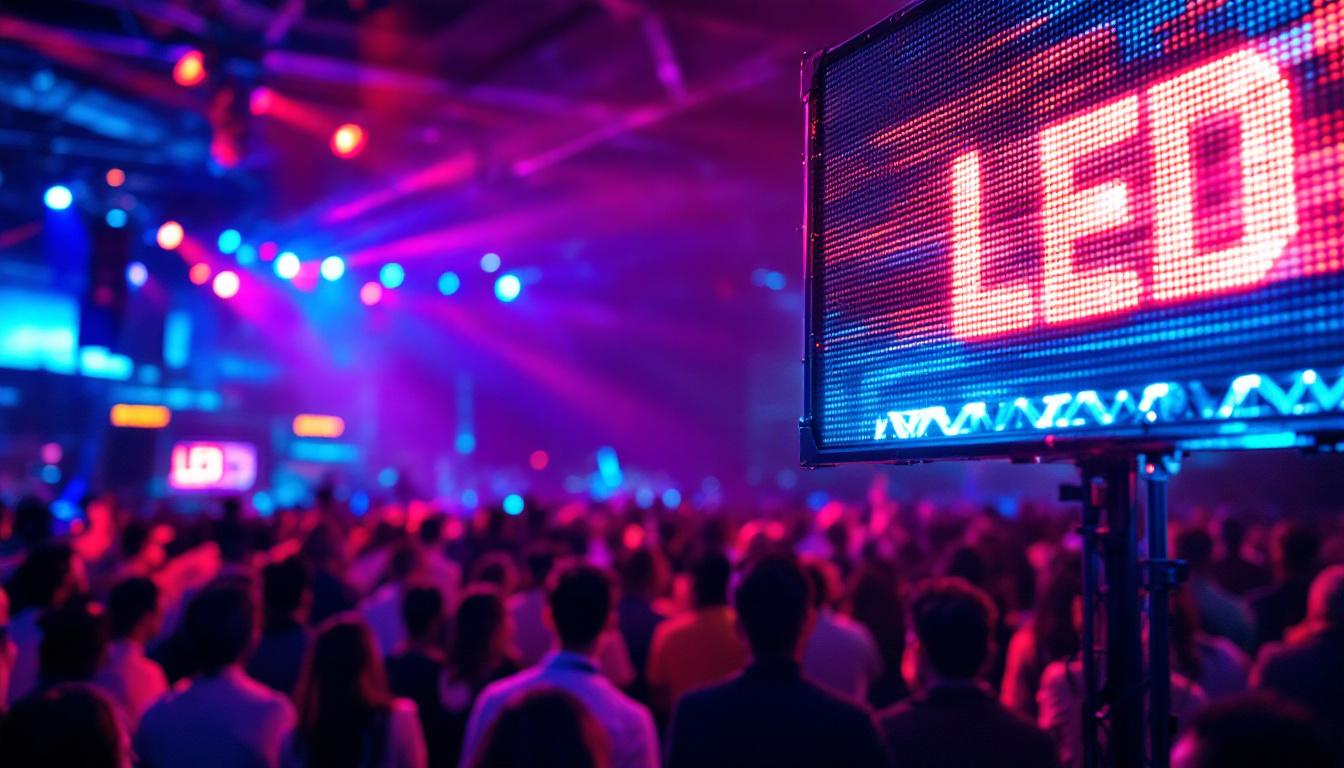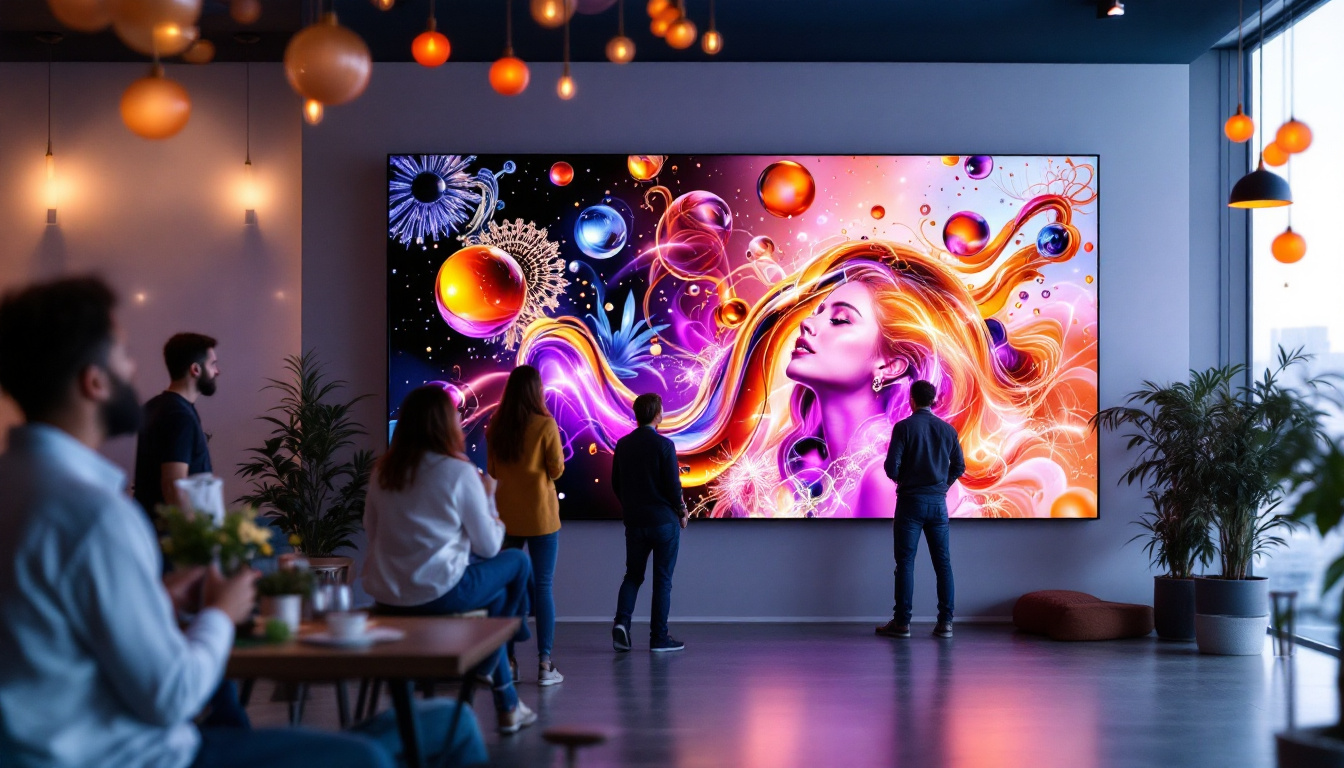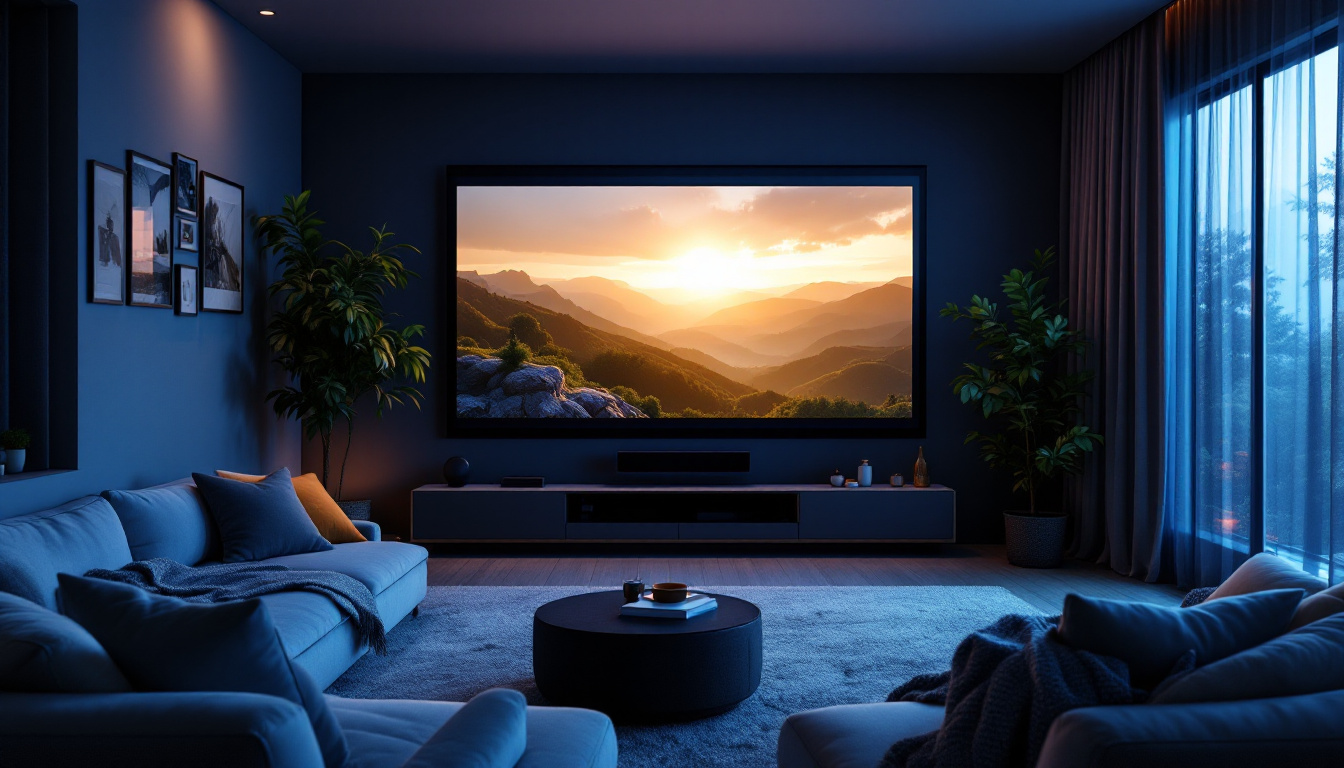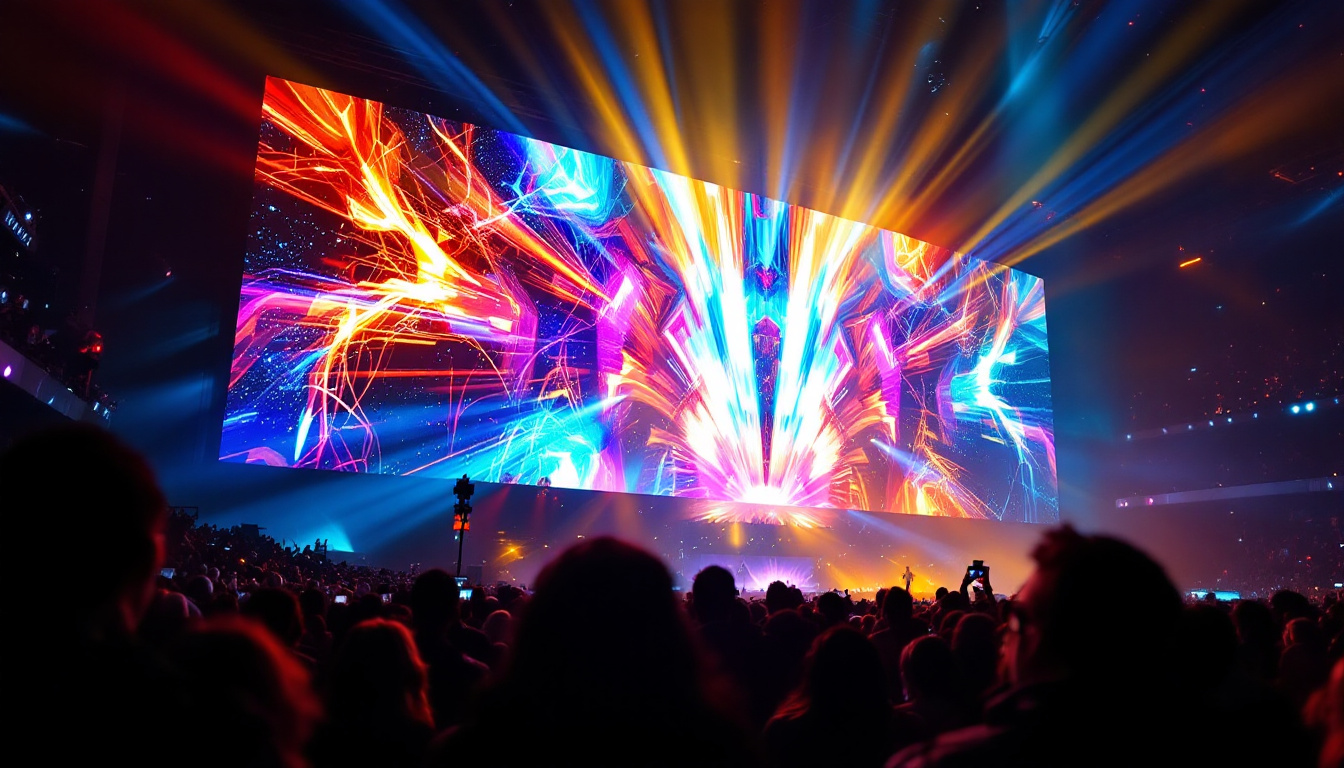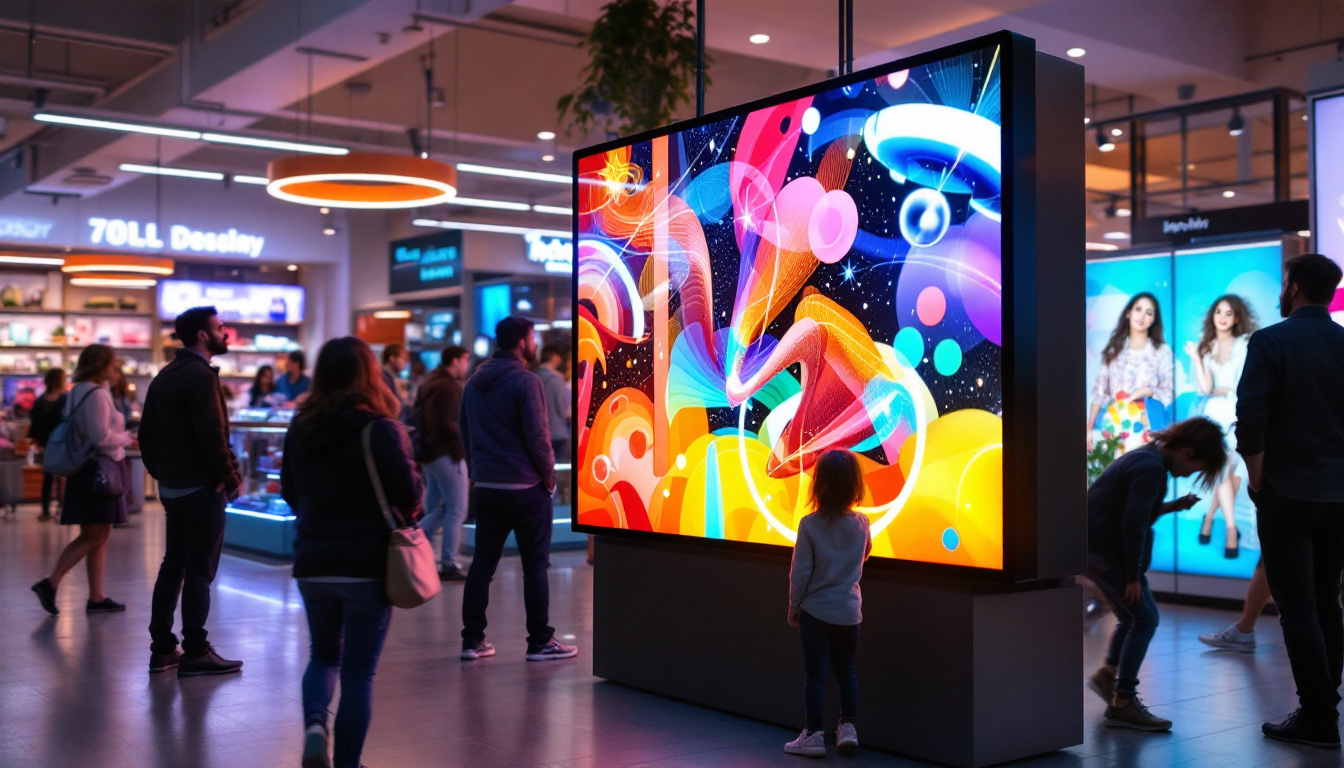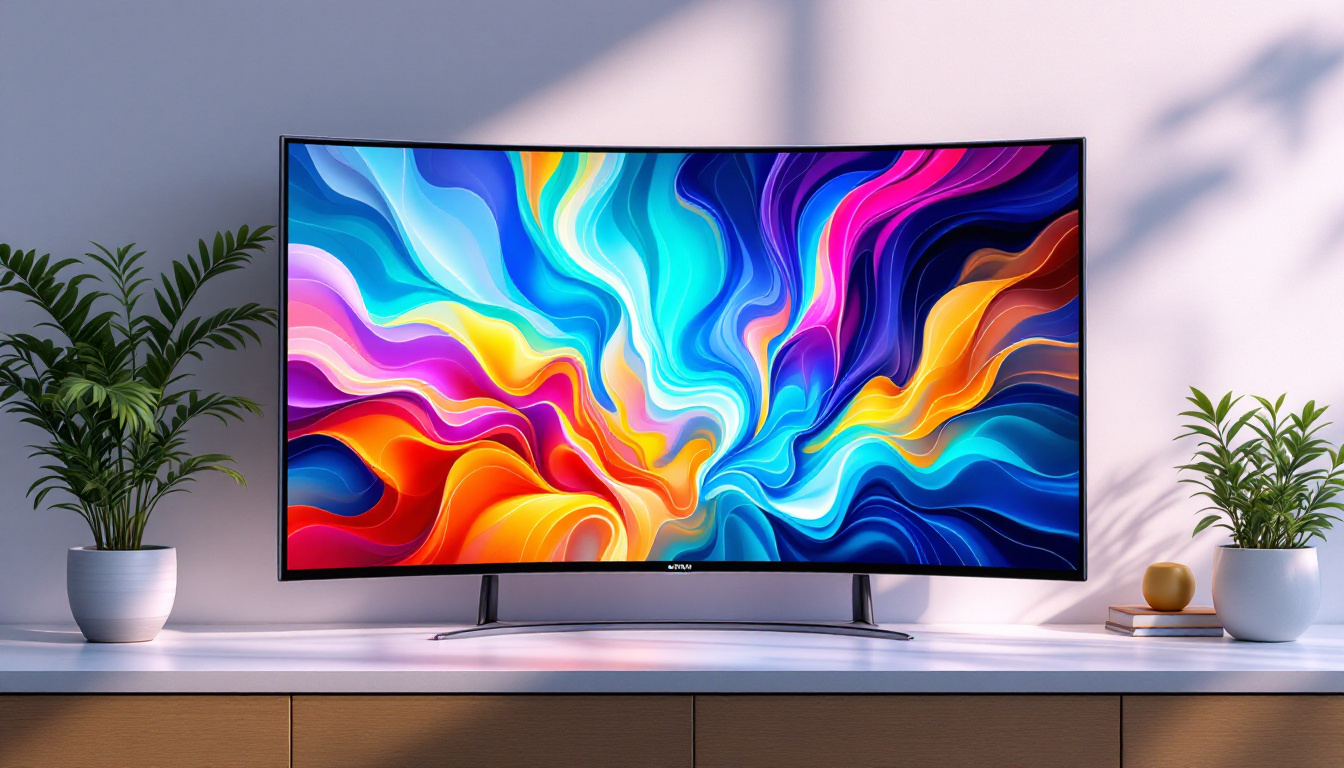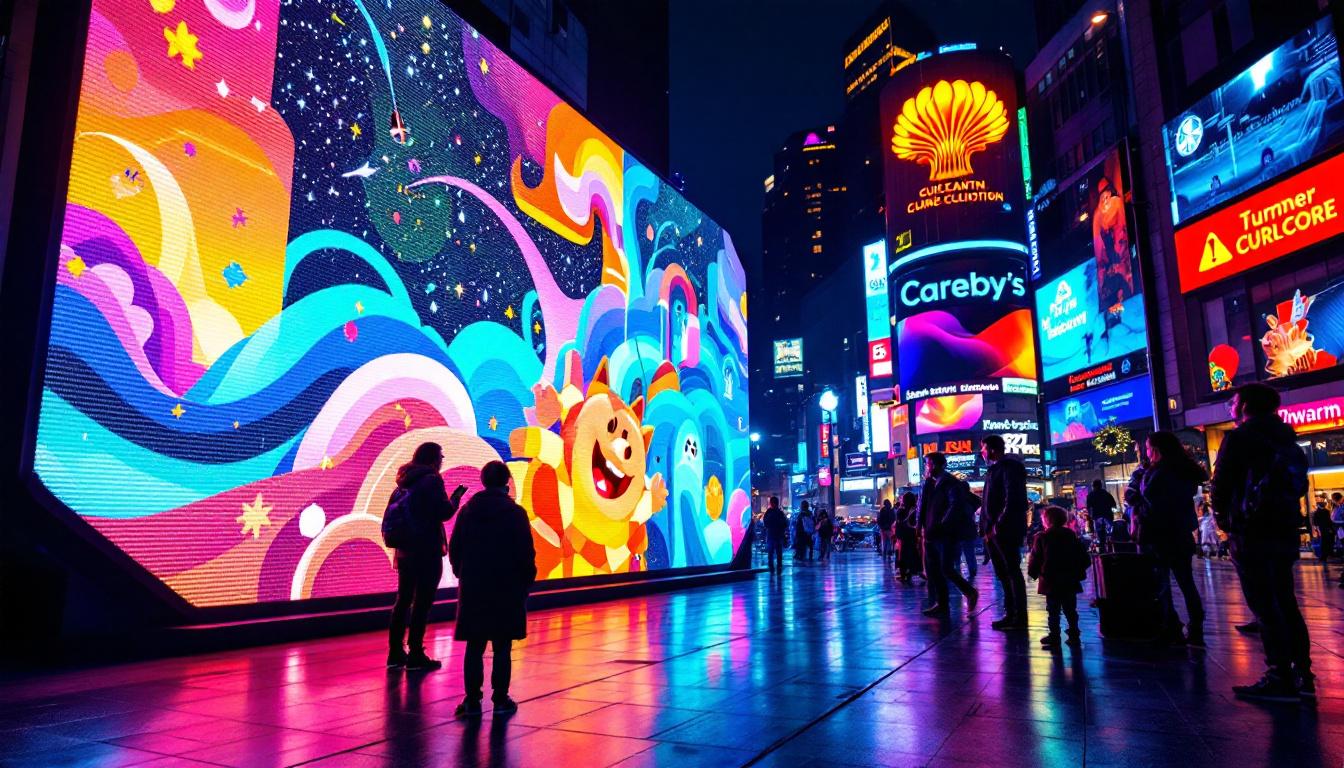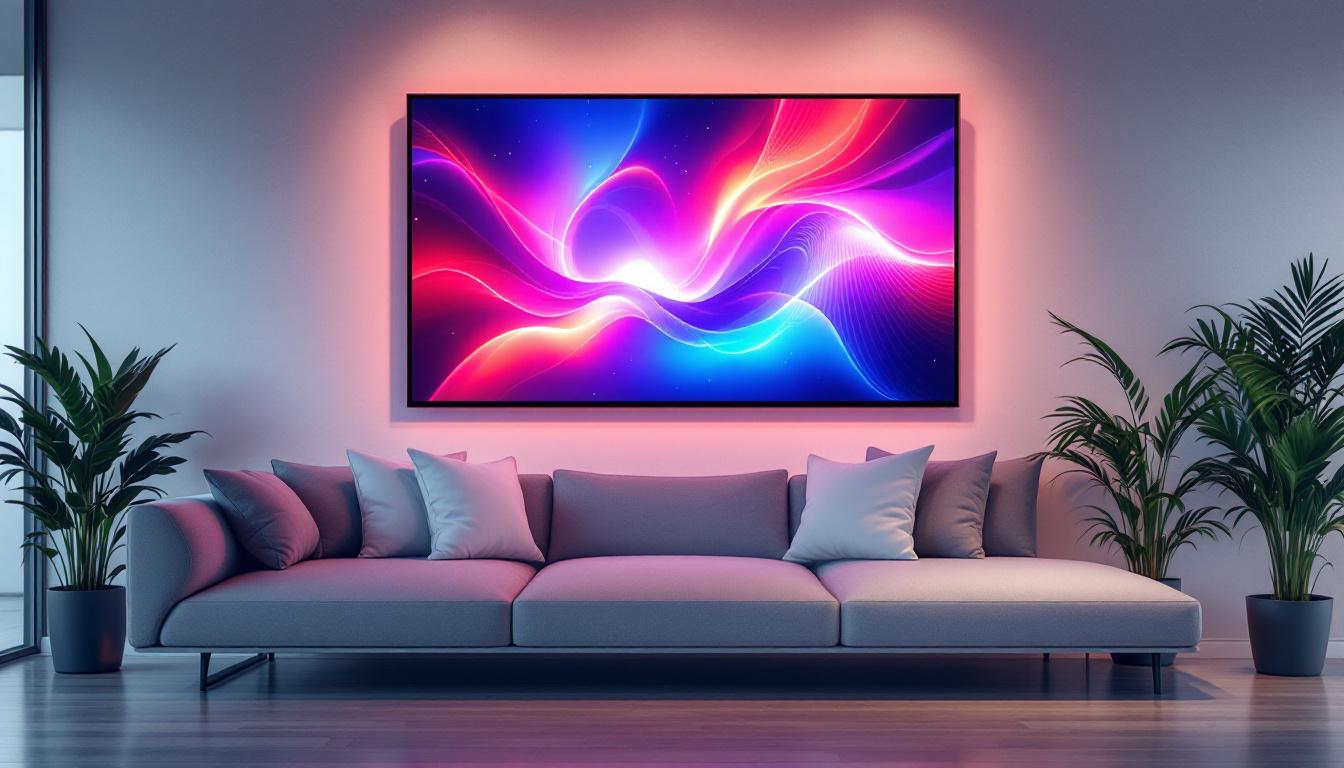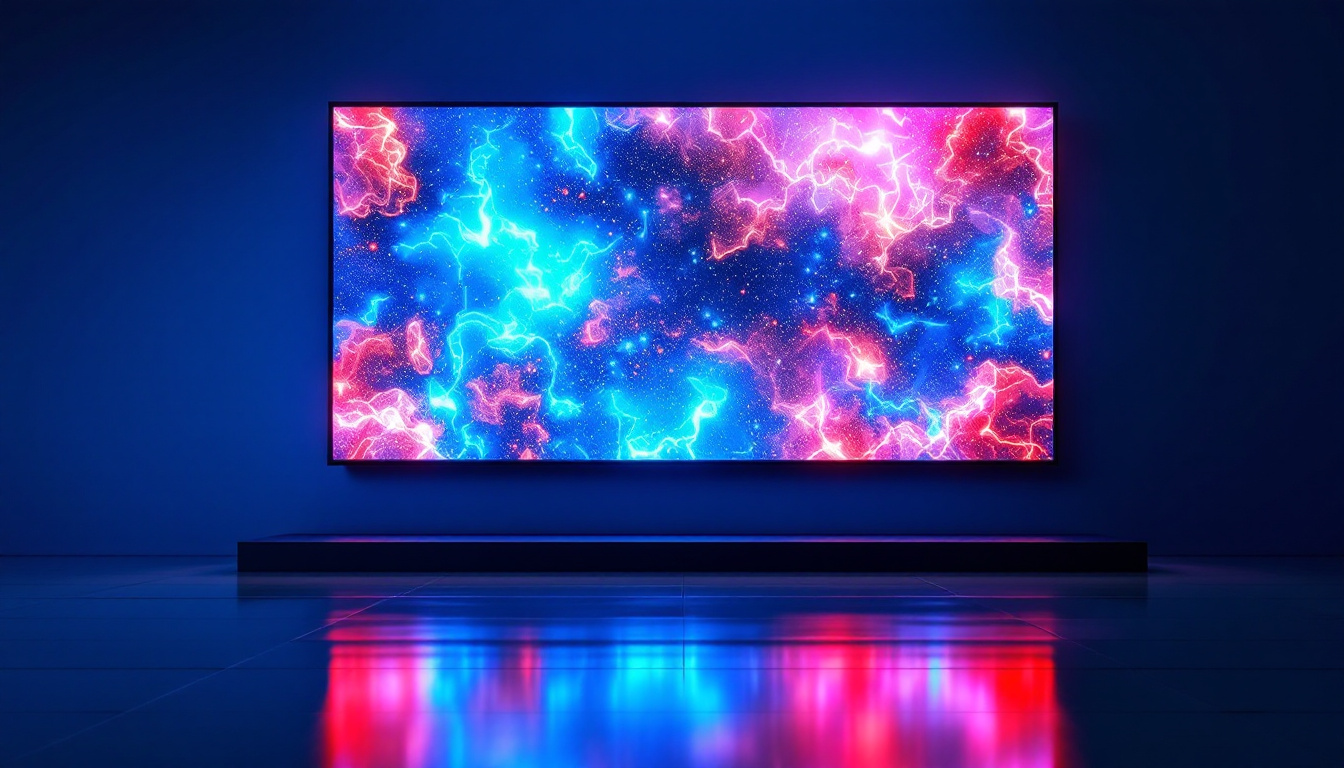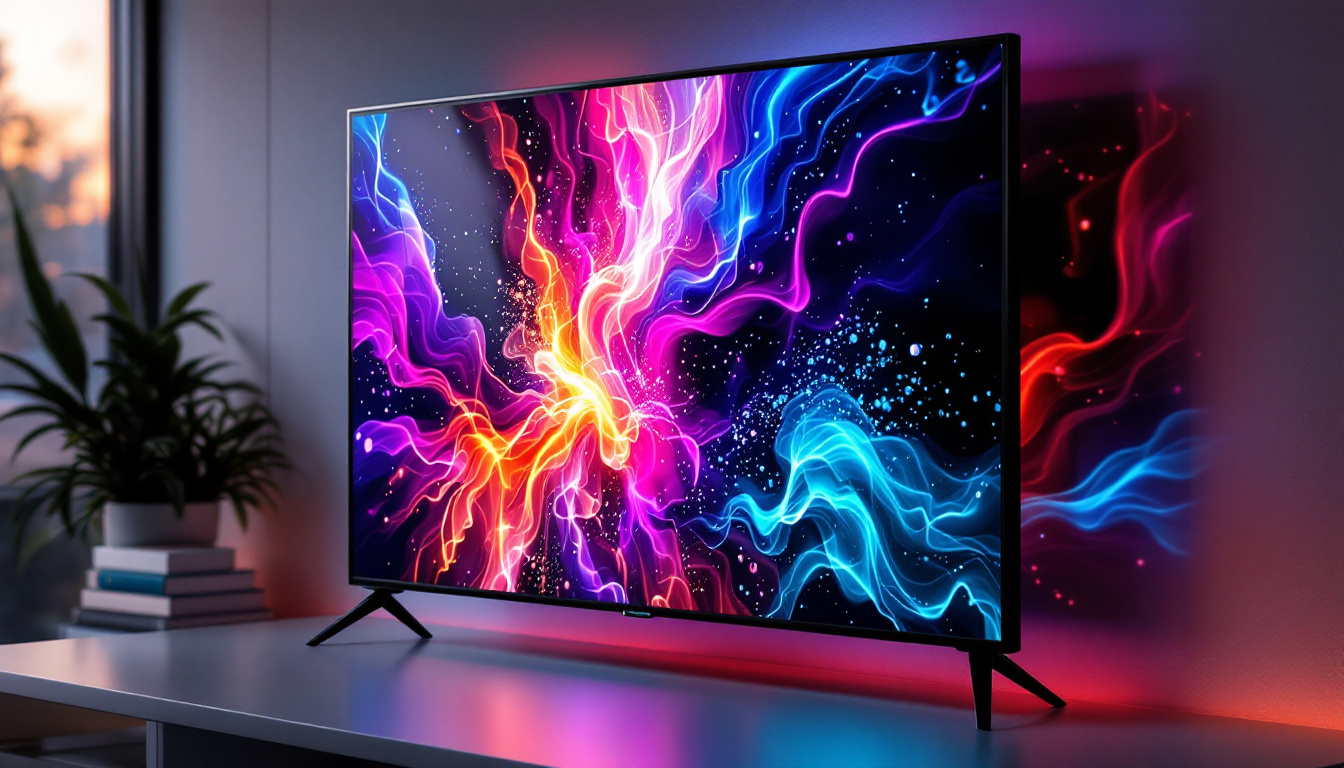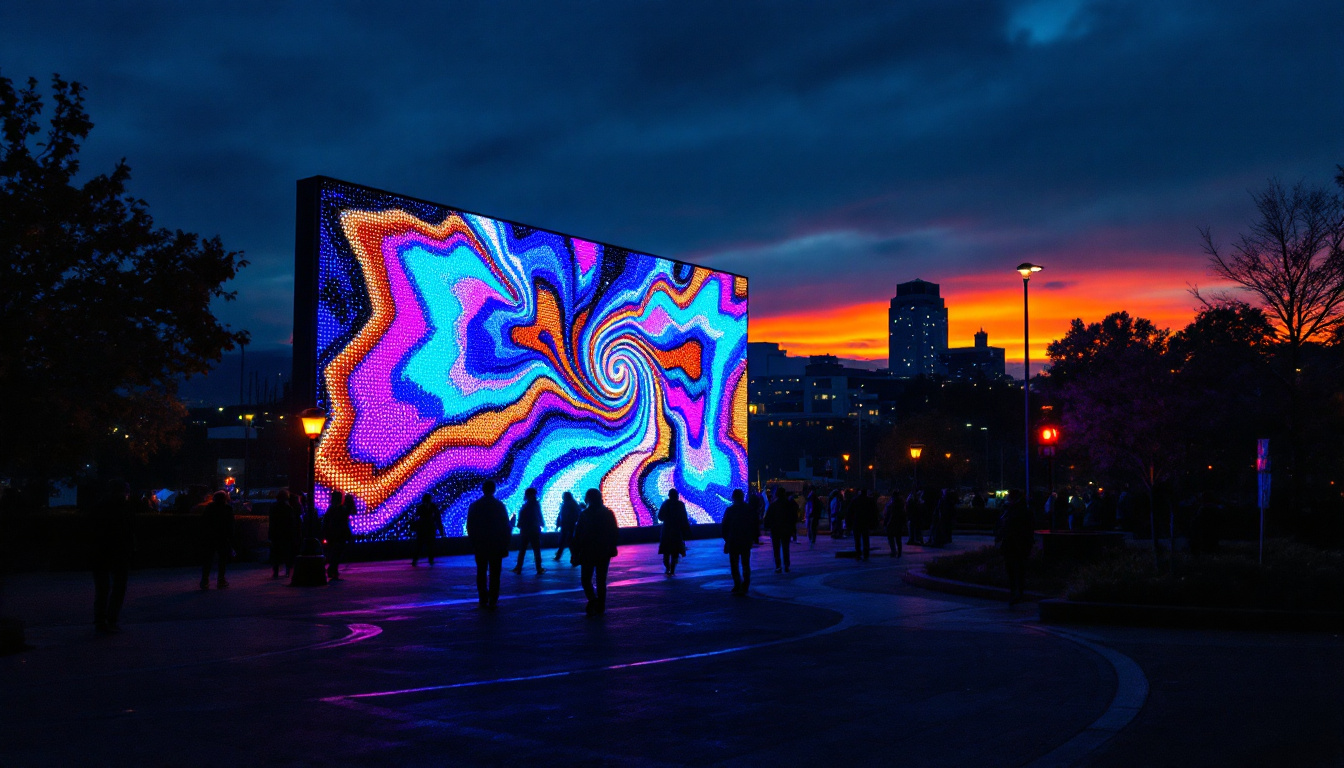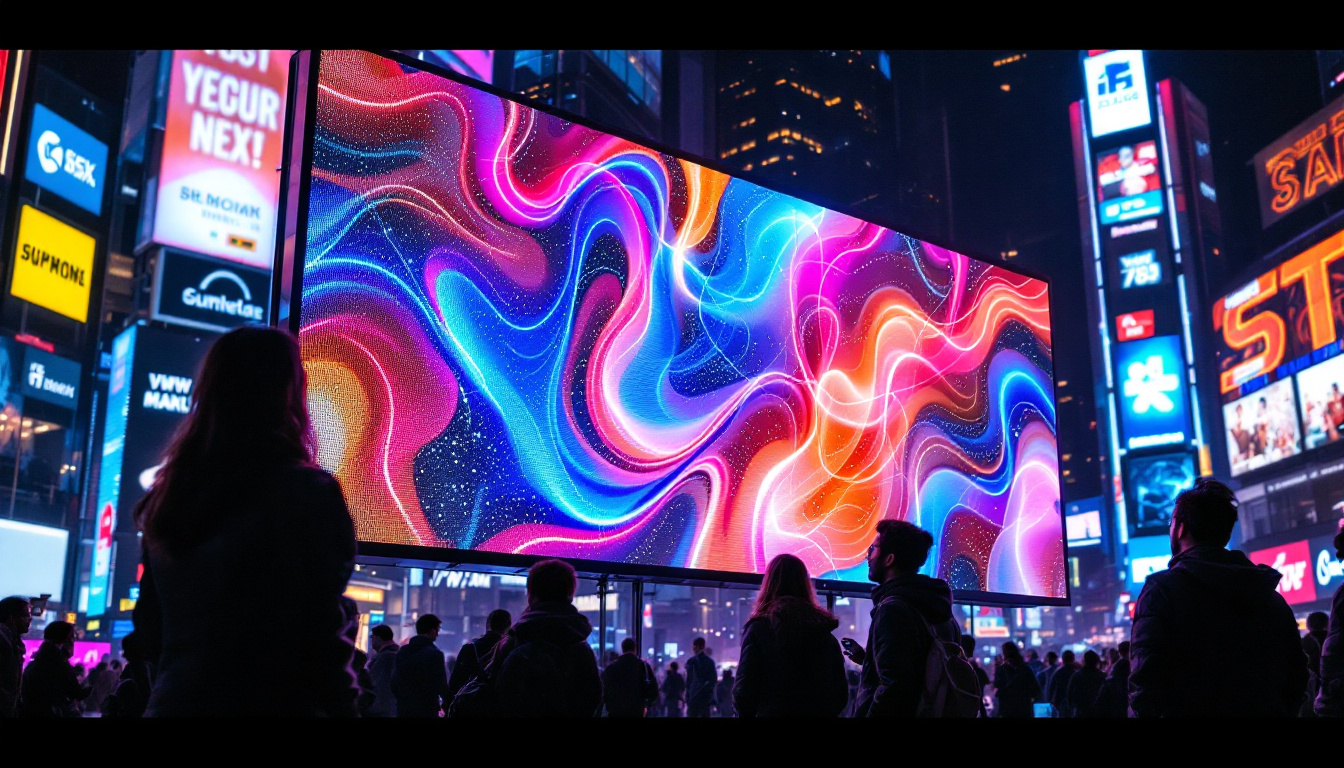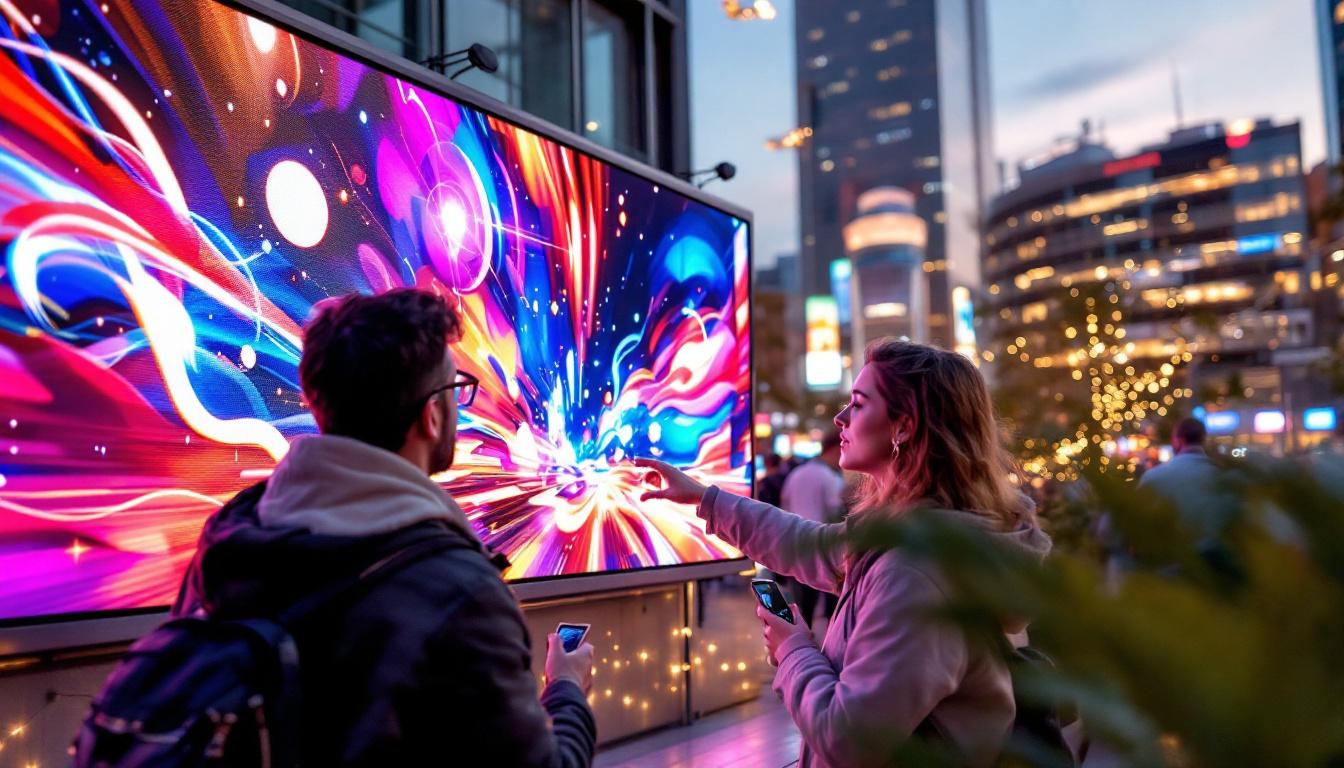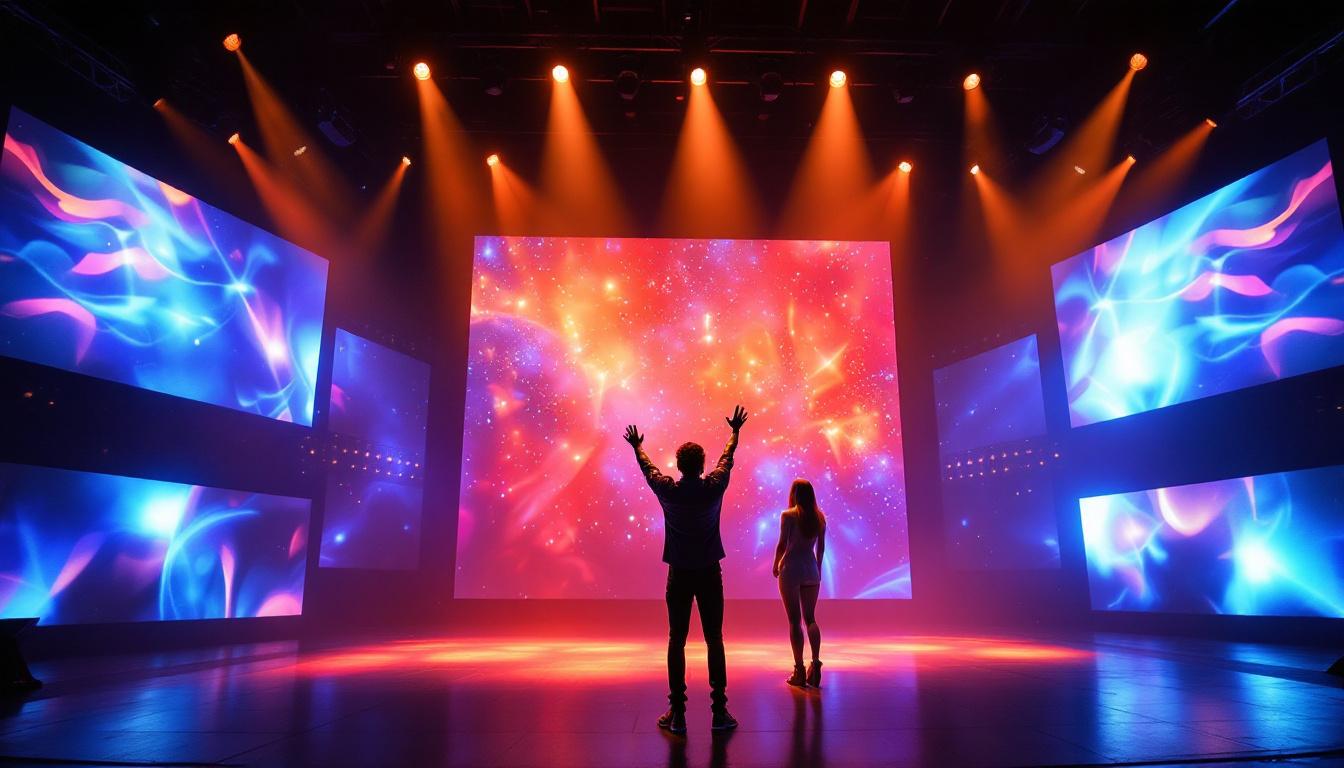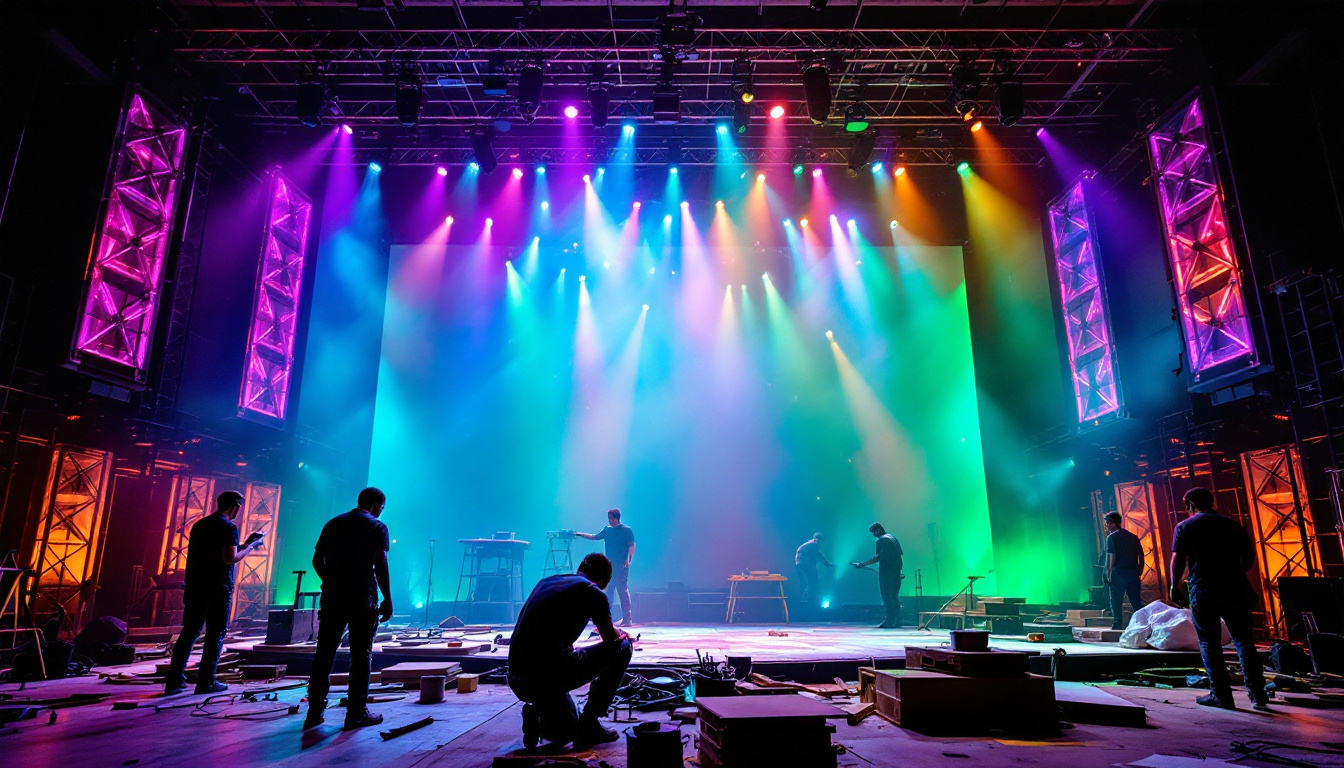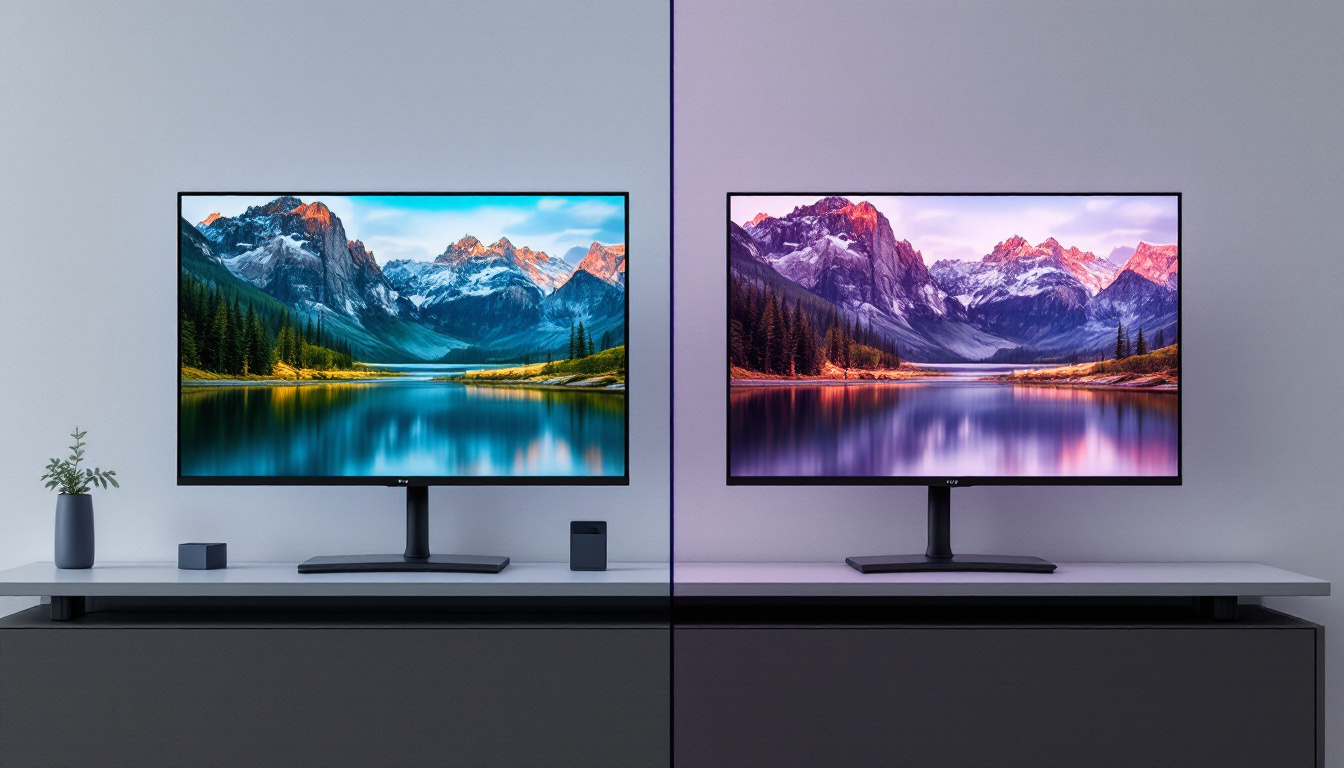In the world of event production, stage design, and live entertainment, truss crank stands equipped with LED displays have become indispensable tools. These systems combine structural support with dynamic visual technology, enabling event professionals to create immersive and visually stunning experiences. This article delves deep into the concept of truss crank stands integrated with LED displays, explaining their components, advantages, applications, and technical considerations.
Understanding the Truss Crank Stand
At its core, a truss crank stand is a mechanical support system designed to hold lighting, audio, or visual equipment securely at various heights. The “crank” mechanism allows operators to raise or lower the truss structure smoothly and safely, often without the need for ladders or additional rigging equipment. This feature is especially valuable during setup and teardown phases of events, where time efficiency and safety are paramount. The design of these stands is not only practical but also reflects the evolving needs of the events industry, where technological advancements demand equipment that can adapt quickly to changing requirements.
Trusses themselves are typically constructed from lightweight yet durable aluminum alloys, formed into triangular frameworks to maximize strength while minimizing weight. The modular nature of truss systems allows for versatile configurations, accommodating different event sizes and technical requirements. This adaptability is crucial for event planners who must cater to a wide range of venues, from intimate gatherings to large-scale concerts, ensuring that the equipment can be tailored to fit the specific needs of each occasion.
How the Crank Mechanism Works
The crank stand incorporates a hand-operated or motorized winch system connected to cables or chains that raise or lower the truss. This mechanism is designed with safety locks and braking systems to prevent accidental drops, ensuring the equipment remains stable at any height. The ability to adjust height quickly makes crank stands ideal for dynamic event environments where lighting or display positions may need to change on the fly. Furthermore, many modern crank stands are equipped with integrated control systems that allow for remote operation, enhancing convenience and precision during live events. This feature is particularly beneficial in scenarios where the operator needs to focus on other aspects of the production while maintaining control over the truss height adjustments.
Key Benefits of Using Crank Stands
One of the primary advantages of crank stands is their ease of use. Unlike fixed truss setups, crank stands offer flexibility without compromising stability. This flexibility reduces labor costs and setup time, which can be critical during tight event schedules. Additionally, crank stands improve safety by minimizing the need for climbing and manual lifting, thereby reducing the risk of accidents. The ergonomic design of many crank stands also ensures that operators can adjust heights with minimal physical strain, promoting a safer working environment. Beyond safety and efficiency, the aesthetic appeal of a well-placed truss system can enhance the overall look of an event, allowing for creative lighting designs and visual displays that captivate audiences and elevate the experience.
LED Displays: Revolutionizing Visual Communication
LED (Light Emitting Diode) technology has transformed the way visual content is presented in public spaces, especially in live events and advertising. LED displays offer vibrant colors, high brightness, and excellent visibility even in direct sunlight, making them ideal for both indoor and outdoor applications.
Modern LED panels are composed of thousands of tiny diodes arranged in a matrix, which can be individually controlled to display images, videos, or text. The modular design of LED panels allows them to be assembled into screens of virtually any size and shape, perfectly complementing the modular nature of truss systems.
Types of LED Displays Used with Truss Systems
There are several types of LED displays commonly integrated with truss crank stands:
- Indoor LED Displays: These have higher pixel density for close viewing distances and produce less brightness to avoid eye strain indoors.
- Outdoor LED Displays: Designed with weather-resistant materials and higher brightness levels (often exceeding 5,000 nits) to combat sunlight glare.
- Flexible LED Screens: These lightweight, bendable panels can be curved around truss structures to create unique visual effects.
Choosing the right type depends on the event environment and the desired visual impact.
Integrating LED Displays with Truss Crank Stands
The marriage of LED displays with truss crank stands creates a powerful combination for event professionals. This integration allows the LED screen to be elevated or lowered smoothly, optimizing audience sightlines and adapting to different stage configurations.
Structural Considerations
When attaching LED displays to a truss crank stand, it is crucial to consider the weight and wind load of the screen. LED panels, especially large outdoor models, can be heavy and present significant surface area to wind forces. The truss and crank stand must be rated to handle these loads safely. Engineers often calculate load limits using standards such as those from the Entertainment Services and Technology Association (ESTA) or the European Norm EN 13814.
Proper rigging hardware, including clamps and safety cables, should be used to secure the LED panels to the truss. Additionally, the truss structure must maintain stability at all heights, requiring a robust base and counterweights if necessary.
Electrical and Signal Management
LED displays require reliable power and data connections. Integrating these with a moving crank stand introduces complexity in cable management. Flexible cable carriers or cable chains are often employed to prevent cable damage during raising and lowering operations. Wireless data transmission solutions are also gaining popularity to reduce cable clutter, though they require careful planning to avoid interference.
Control Systems and Synchronization
Advanced control systems allow operators to manage LED content in real-time, synchronizing visuals with lighting, audio, and other stage effects. Many LED display controllers support protocols such as DMX or Art-Net, enabling seamless integration with lighting consoles and show control software. This synchronization enhances the overall immersive experience for audiences.
Applications of Truss Crank Stand LED Displays
The versatility of truss crank stands combined with LED displays opens up numerous applications across various industries.
Concerts and Live Events
In concerts, LED screens mounted on truss crank stands provide dynamic backdrops that can be adjusted for different songs or set changes. The ability to quickly raise or lower the screen allows for creative stage designs and better sightlines for audiences in different venue configurations.
Corporate Events and Trade Shows
Corporate presentations benefit from elevated LED displays that can be positioned for optimal visibility. Trade shows use these setups to attract attention and showcase product videos or interactive content. The mobility of crank stands simplifies booth setup and teardown, saving time and labor.
Broadcast and Sports Events
Broadcast studios and sports arenas utilize truss crank stands with LED screens to display real-time scores, advertisements, or interactive graphics. The height adjustability ensures unobstructed camera angles and audience views, enhancing broadcast quality and fan engagement.
Choosing the Right Truss Crank Stand LED Display System
Selecting the appropriate system requires careful evaluation of several factors to ensure safety, functionality, and visual impact.
Load Capacity and Size
Assess the total weight of the LED panels and any additional equipment to confirm the crank stand’s load capacity. Oversizing the stand can provide extra safety margin but may increase costs and setup complexity.
Pixel Pitch and Resolution
The pixel pitch of an LED display determines its resolution and optimal viewing distance. Smaller pixel pitches (e.g., 1.5mm to 2.5mm) offer higher resolution for close-up viewing, while larger pitches (e.g., 6mm to 10mm) are suitable for outdoor or long-distance viewing. Matching pixel pitch to event requirements is essential for delivering crisp visuals.
Environmental Considerations
For outdoor events, ensure the LED panels and truss components are rated for weather resistance. IP65 or higher ratings are common for outdoor LED displays, protecting against dust and water ingress. Additionally, consider temperature ranges and wind conditions typical of the event location.
Ease of Operation and Maintenance
Look for crank stands with intuitive controls and safety features such as automatic brakes and overload protection. LED displays should offer easy access for maintenance and repairs, minimizing downtime during events.
Future Trends in Truss Crank Stand LED Display Technology
As technology advances, several trends are shaping the future of truss crank stand LED display systems.
Lightweight and Modular Designs
Manufacturers are developing lighter truss materials and LED panels to simplify transport and setup. Modular designs allow for rapid assembly and reconfiguration, catering to increasingly complex event demands.
Higher Resolution and HDR Capabilities
Emerging LED technologies are pushing pixel pitches below 1mm, enabling near-retina-quality displays. High Dynamic Range (HDR) support enhances color accuracy and contrast, delivering more vivid and lifelike images.
Smart Automation and Remote Control
Integration with IoT and automation systems allows operators to control truss height and LED content remotely via mobile devices or centralized control rooms. This reduces manual labor and enhances precision during live events.
Eco-Friendly Innovations
Energy-efficient LED panels and recyclable truss materials are becoming industry standards, helping reduce the environmental footprint of large-scale events.
Conclusion
Truss crank stands with integrated LED displays represent a sophisticated fusion of structural engineering and cutting-edge visual technology. Their flexibility, safety features, and visual impact make them essential tools in modern event production, from concerts and corporate gatherings to broadcast and sports arenas. Understanding the technical aspects and practical applications of these systems enables event professionals to maximize their potential, delivering unforgettable experiences to audiences worldwide.
As technology continues to evolve, these systems will become even more versatile, efficient, and visually impressive, solidifying their role at the forefront of live event innovation.
Discover LumenMatrix’s Advanced LED Display Solutions
Ready to elevate your event production with the latest in LED display technology? LumenMatrix offers a comprehensive range of LED display modules, from vibrant indoor walls to robust outdoor solutions and beyond. Whether you’re looking to create an immersive concert experience, engage attendees at a corporate event, or captivate fans at a sports arena, LumenMatrix has the innovative solutions to bring your vision to life. Check out LumenMatrix LED Display Solutions today and transform your next event into a visually stunning spectacle.

